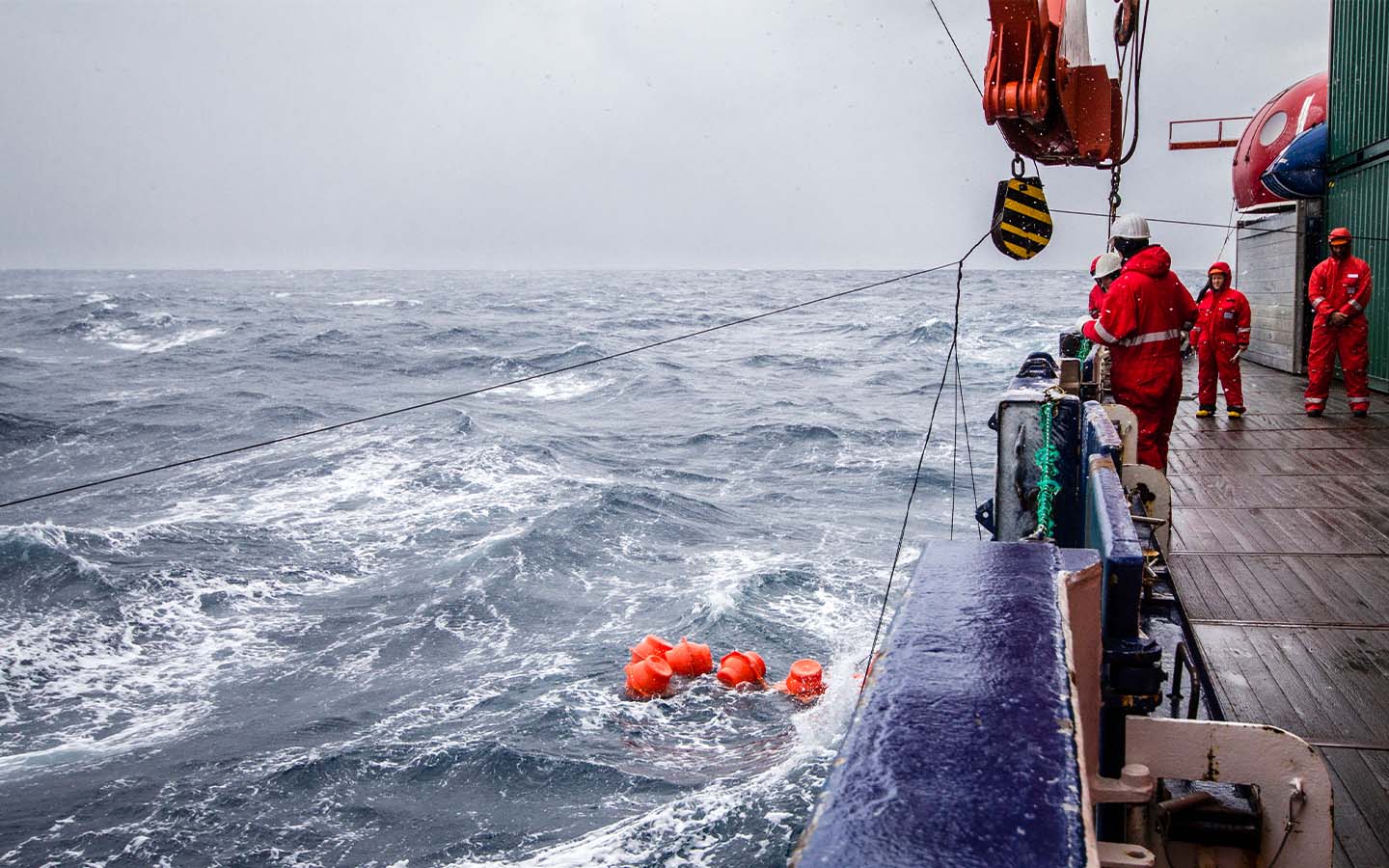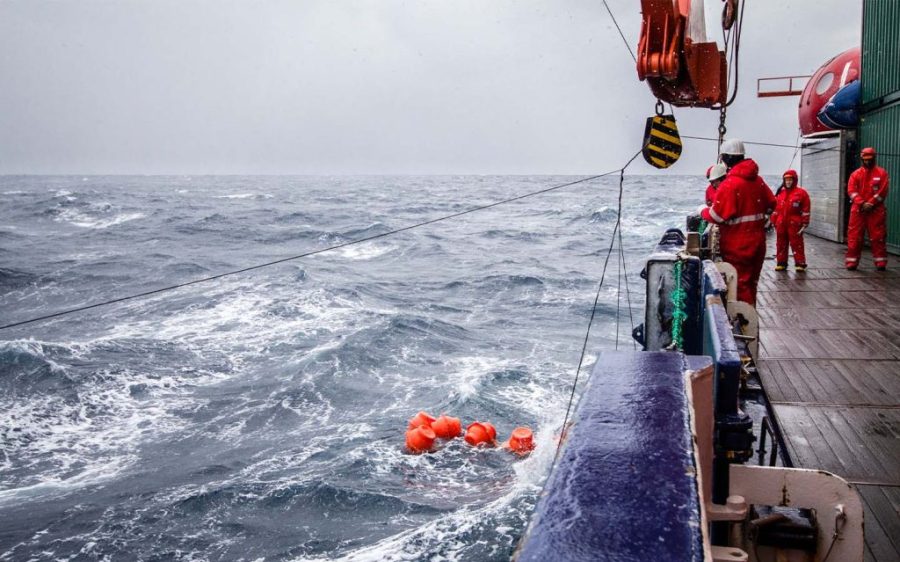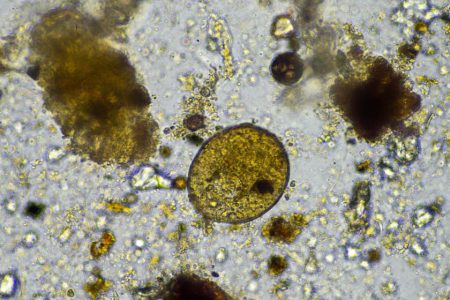Marine ecosystems and global liveability are at increased risk as ocean acidification nears a critical threshold, according to a new report from the Potsdam Institute for Climate Impact Research (PIK) cited in the Guardian.
The phenomenon could mean that humans have already breached seven of the nine conditions for life to thrive on Earth.
Known as “planetary boundaries,” the conditions are: climate change, changes in biosphere integrity, land system change, freshwater change, modification of biogeochemical flows, ocean acidification, increases in atmospheric aerosol loading, stratospheric ozone depletion, and overloading with novel entities such as chemicals and plastics.
Ocean acidification, researchers now warn, “is approaching a critical threshold” and may have already crossed it, as more recent research indicates that line may have been set too high. Ocean acidification is caused by seawater’s absorption of atmospheric carbon dioxide. More acidic oceans are harmful to many forms of sea life and less able to act as a carbon sink.
[See more: Climate change could push Macao’s sea levels 64 centimetres higher than they are now]
As UN Secretary-General António Guterres pointed out in his plea to world leaders to act to save our seas, the world’s oceans have absorbed more than 90 percent of global heating over the last five decades. Reduced absorption threatens to speed up the rise of global temperatures.
Of the nine planetary boundaries, we have already breached six. Climate change, novel entities, change in biosphere integrity and modification of biogeochemical flows are judged to be in high-risk zones, while land and water system changes have exceeded the safe zone to a lesser extent. Stratospheric ozone depletion has remained stable according to the data, well below the safe boundary, while atmospheric aerosol loading has improved slightly.
Ocean acidification is likely to be the seventh boundary breached. There are methods to remove carbon dioxide from the oceans, ranging from ocean afforestation (using kelp and other algae to capture CO2 from surface waters) to direct ocean capture (using electrochemistry to strip CO2 from seawater), but none of these will be effective alone.
“Indeed, one of the main messages of our report is that all nine planetary boundaries are highly interconnected,” said Levke Caesar, a climate physicist at PIK and co-author of the report at a press briefing. Any damages to the global environment, she warns, “cannot be addressed as if they are separate issues.”






